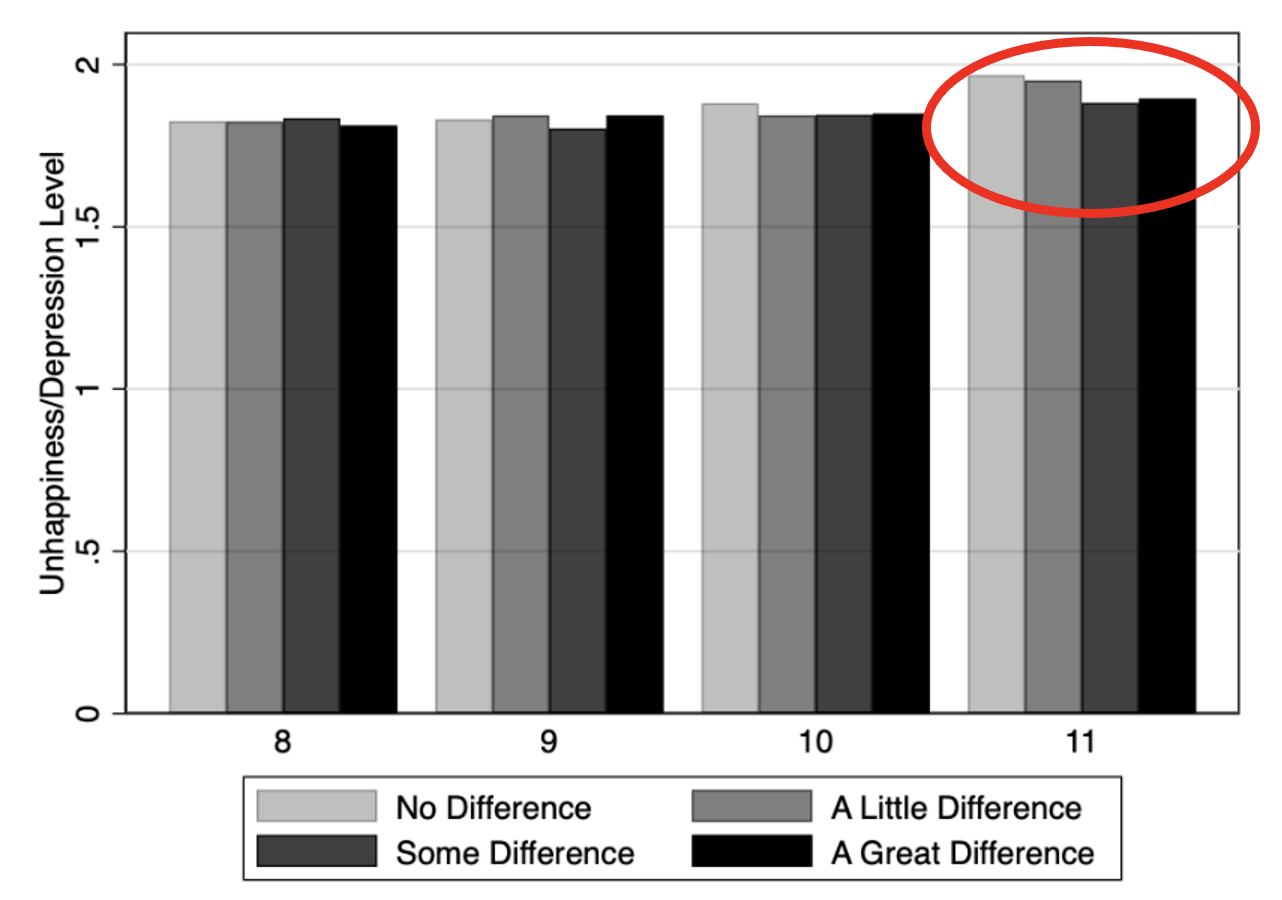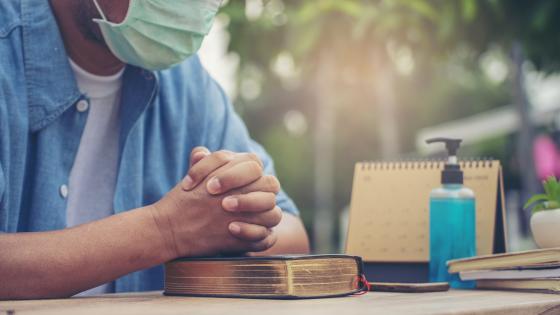Mental health problems have been estimated to cost the UK economy the equivalent of around 5% of GDP (McDaid et al. 2022). The pandemic and the associated lockdowns led to a spike in psychological distress (Burdett et al. 2021), and the UK is still dealing with this legacy. Since the pandemic, the number of inactive working-age people has risen markedly. Inactivity due to long-term sickness reached 2.8 million people by the end of 2023, coinciding with a sharp rise in the number of people on incapacity benefits, which increased from 2.5 million to 3.1 million between 2019–20 and 2022–23 (OBR 2024). Of those who reported long-term sickness, around half reported that they had ‘depression, bad nerves or anxiety’ as their main or secondary condition (ONS 2023).
The UK Covid-19 Inquiry is currently underway. Its purpose is to examine the ‘response to and impact of the pandemic, and to learn lessons for the future’. In addition to evaluating preparedness, decision making, and governance, it will also examine health inequalities and the impact of Covid-19. Alongside the fear and anxiety generated by a largescale public health crisis, UK residents also had their freedom of movement severely curtailed during the lockdowns. We know that some groups of people – women, for instance – suffered higher degrees of psychological distress than others (Etheridge and Spantig 2022).
Within this context, in a recent working paper (Iyer et al. 2024) we examine how religious people coped during the UK lockdowns. Adherents of religion, and those who take a more sceptical view, have long acknowledged its potential to help cope during a crisis and in ameliorating psychological distress and depression (Fruehwirth et al. 2019, Koenig et al. 2020). Despite the potentially large welfare implications of religion and religiosity, and intense interest from other disciplines such as psychology and sociology, economic analysis of the relationship between religion, crises, and psychological distress is sparse (Iyer and Rosso 2022). In terms of the mechanisms linking religion and religiosity to improved mental health in times of crisis, two main channels have been identified. The first is that religion may foster a sense of ‘belonging’ leading to the development of social capital and social networks. These can in turn provide support to individuals when they face stressors and difficulties. The second – that religiosity may act as a coping device, providing hope, consolation, and meaning when dealing with adversity – has been advanced by both believers and sceptics. Indeed, many prominent thinkers, including Marx, Weber, and Freud, have written on the ‘palliative’ effects of religion (Wolff and Leopold 2021).
We know that there was an increase in prayer during the pandemic (Bentzen 2020), but did this translate into better coping? In our working paper, we aim to answer this question using data on both religiosity and mental health from the Understanding Society Dataset.
One of the most difficult issues studying the empirical relationship between religion and mental health is the ‘selection into religion’ problem. We dealt with this as follows. First, we used the pandemic lockdowns as a source of an exogenous mental health shock affecting the whole of society. In this sense, religious and non-religious populations were treated alike in terms of freedom of movement, health risk, and so forth. Second, we used indicators of religion and religiosity taken before the pandemic commenced. This enabled us to deal with the potential of selecting into religion as a way of coping from the shock of the pandemic. Third, due to the longitudinal nature of our dataset, we employ individual fixed effects that enable us to control for non-time varying individual characteristics, ranging from family background, innate personality traits, and other factors that may affect an individual’s ability to cope with an adverse event. We also included lockdown interaction terms to capture diverse demographic groups interacting with the lockdowns differently. While our econometric strategy enabled us to deal with the selection into religion problem generated by the pandemic, it does not allow us to deal with potential pre-pandemic selection into religion. Furthermore, while we were able to accurately measure differences in coping between religious and non-religious people during the pandemic, we cannot determine the cause of these differences, which could potentially be generated via a non-religious mechanism.
Our econometric results are clear cut. We find that both those who belonged to a religion and were religious coped better during the lockdowns. The magnitudes of our coefficients are sizable, at around one-fifth to one-half of the lockdown coefficient. We found little difference in coping across religions; with the results for Christians, Muslims, and Hindus being broadly similar. However, we did find some difference within Christian denominations, with ‘Christian Other’ (those belonging to mainly Protestant churches other than the Church of England) coping relatively worse among those who belong to a religion. We also found that when places of worship were closed, religious Muslims and Catholics – the two religious groups in our study that normally require weekly communal attendance from their followers – suffered disproportionately. This last result has potential policy consequences, in terms of institutional responses to future pandemics and access to places of worship.
One of our most interesting results is that the intensity of religiosity seems to matter in its relationship with unhappiness or depression. This can be seen from Figure 1 below, which shows the mean values of unhappiness or depression over the four waves of the Understanding Society dataset (with Wave 11 being the lockdown wave). Those for whom religion makes ‘some or a great difference’ in their lives experienced around half the increase in unhappiness seen in those for whom religion makes little or no difference. That is, it is not just being religious, but the intensity of religiosity that looks to be important.
Figure 1 Unhappiness or depression by degree of religiosity
In presenting our results, we must stress that we are unable to determine if the ability of religious people to cope better in a crisis was due to religion (or religiosity) in itself, or to some other characteristic we were unable to control for that is correlated with religion (or religiosity) and interacted with the lockdown. Nonetheless, our research clearly shows that religious people coped significantly better during the UK lockdowns. Given the economic costs of mental health, and its current impact on the UK labour market, we consider these findings significant.
References
Bentzen, J (2020), “In crisis, we pray: Religiosity and the Covid-19 pandemic”, COVID Economics 20.
Fruehwirth, J C, S Iyer and A Zhang (2019), “Religion and Depression in Adolescence”, Journal of Political Economy 127(3): 1178–209.
Iyer, S, S Larcom and P She (2024), “Do Religious People Cope Better in a Crisis? Evidence from the UK Pandemic Lockdowns”, CEPR Discussion Paper No. 18830.
Iyer, S and G Rosso (2022), “Religion and mental health”, Handbook of Labor, Human Resources and Population Economics, Springer International Publishing, 1–20.
Koenig, H G, F Al-Zaben and T J VanderWeele (2020), “Religion and psychiatry: Recent developments in research”, BJPsych Advances 26(5): 262–72.
McDaid, D, A-L Park, G Davidson, A John, L Knifton, S McDaid, A Morton, L Thorpe, L and N Wilson (2022), “The economic case for investing in the prevention of mental health conditions in the UK”, Mental Health Foundation.
Office for National Statistics (2023), “Rising ill-health and economic inactivity because of long-term sickness, UK: 2019 to 2023”, 26 July.
Office for Budget Responsibility (2024), “Economic and fiscal outlook”, Presented to Parliament by the Exchequer Secretary to the Treasury by Command of His Majesty, UK, March.
Wolff, J and D Leopold (2021), “Karl Marx”, The Stanford Encyclopedia of Philosophy.






